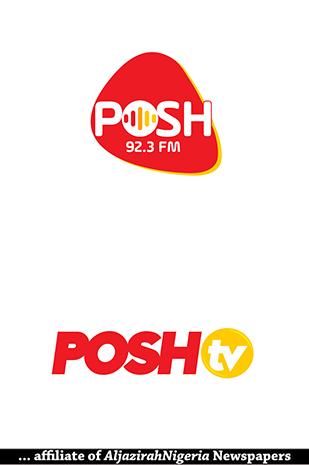MRS Oil Nigeria Plc, operating in the downstream oil and gas sector has achieved over the past five years. Yet, behind the striking top line growth lies a more complex narrative a story of soaring sales, strained margins, and profitability pressures.
This comprehensive 5-year trend analysis peels back the layers of MRS Oil’s financial performance, offering insights into its strategic shifts, operational challenges, and the road ahead.
In terms of revenue, MRS Oil has posted nothing short of an extraordinary trajectory. From a modest N30 billion in Q1 2021, the company’s revenue surged to an astounding N246.53 billion by Q1 2025.
This represents a compounded growth rate that many industry peers would envy—and an explosive +211.44% year-on-year growth from Q1 2024 to Q1 2025 alone.
What drove this acceleration? The answer lies primarily in skyrocketing Premium Motor Spirit ,PMS, sales, which ballooned from N70.21 billion in Q1 2024 to a staggering N238.07 billion in Q1 2025.
As domestic fuel consumption continued to rise and deregulation measures took effect, MRS positioned itself aggressively in distribution and retail, reaping the rewards in volume and market share.
However, as the numbers show, high revenue doesn’t always translate to healthy profitability. Despite the headline revenue figures, MRS Oil’s gross margin tells a sobering tale.
After reaching a high point of 15% in Q1 2023, gross margins dropped sharply to 7% in Q1 2024, and continued the downward slide to just 1.7% in Q1 2025.
This erosion signals intensifying cost pressures—largely from elevated PMS prices, exchange rate volatility, and rising logistics and importation costs.
Such a decline raises red flags about pricing power and cost efficiency. The company’s ability to pass on higher costs to consumers appears constrained, resulting in significantly squeezed margins even as revenues soar.
MRS Oil’s Profit After Tax ,PAT, followed a steady upward trend from N0.3 billion in Q1 2021 to N2.0 billion in Q1 2023. However, this growth momentum has since been challenged.
PAT remained flat at N1.99 billion in Q1 2024, and slipped to N1.75 billion in Q1 2025 despite the exponential rise in revenue.
This underscores the unsustainable nature of growth without corresponding profitability gains. With gross margins under pressure and operational costs escalating, the bottom line has taken a hit, highlighting the need for operational efficiency and strategic cost management.
Perhaps the most striking measure of MRS Oil’s current financial posture is the collapse of net margins from a peak of 3.5% in Q1 2023 to just 0.7% in Q1 2025.
While the company’s scale has expanded significantly, its profit relative to revenue has shrivelled. This is a clear signal that profitability is not keeping pace with growth.
Factors such as forex headwinds, import dependency, and regulatory uncertainty in petroleum pricing continue to weigh heavily on downstream operators, and MRS is no exception.
Revenue: Explosive topline expansion with +211% YoY growth in Q1 2025.
Gross Margin: Peaked at 15% in 2023, now significantly reduced to 1.7%—highlighting cost absorption challenges.
PAT: Steady rise until 2023, followed by stagnation and decline cost overruns limiting profit retention.
Net Margin: From a respectable 3.5% to a meager 0.7%—a warning light for long-term sustainability.
As MRS Oil charts its future in a liberalised fuel market, the company stands at a critical crossroads. Its proven ability to grow revenue rapidly is commendable, but the challenge now is to convert that growth into sustainable, profitable operations.
Investors and stakeholders will be watching closely: Can MRS Oil navigate forex risks, optimise costs, and improve margin resilience? Or will the impressive revenue numbers continue to mask deeper structural inefficiencies? The next quarters may hold the answer, but one thing is clear scale without margin is a risky game in today’s energy economy.


